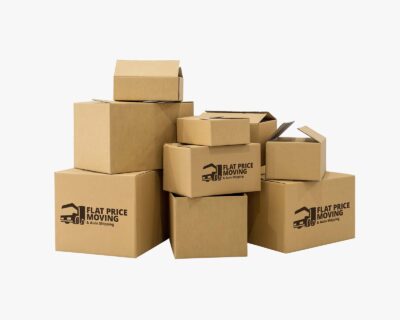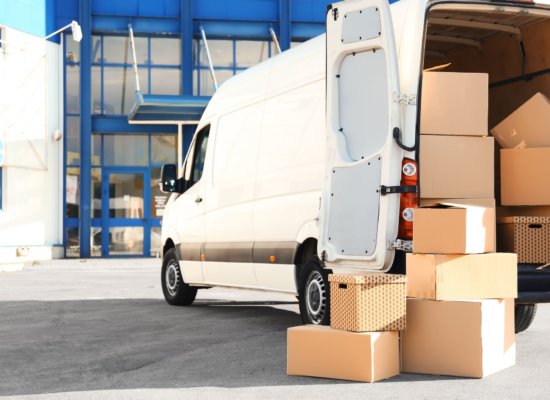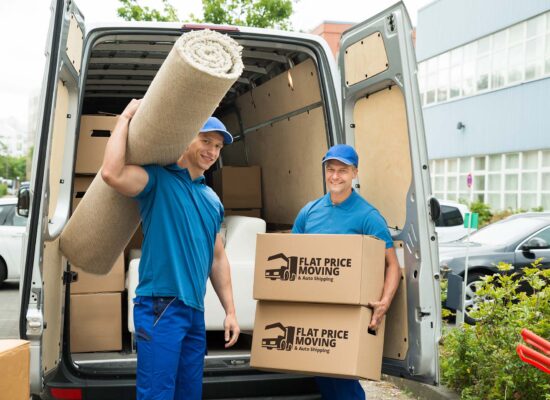The Essential Guide to Using Padded Paper for Moving
Moving can be stressful, but the right packing materials can make all the difference. Padded paper for moving is a versatile and essential tool for protecting belongings during transport. It can safeguard items, from delicate dishes to valuable artwork, ensuring they arrive at your new home in perfect condition.
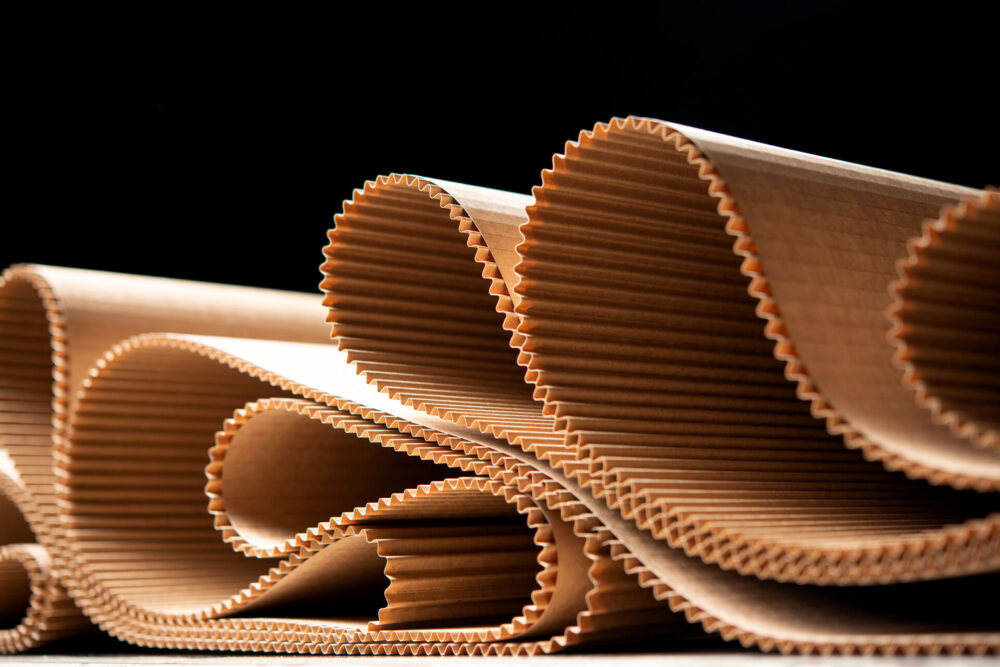
Did you know that a whopping 40% of all waste heading to our landfills is paper? By cutting down on paper waste, not only do we give our trees a breather, but we also shrink the size of those ever-growing landfills. In the spirit of smarter packing, use padded paper for the next move. It’s an excellent way to protect belongings while being mindful of the environment because it’s reusable. Remember – reduce, reuse, recycle!
What Is Padded Paper for Moving and Why Use It?
Paper moving pads, often known as cushioning or padding, are thick, multi-layered products designed specifically for protecting fragile items during the cross-country moving process. Unlike traditional bubble wrap or paper, these padded options incorporate cushioning layers that provide superior protection against shocks, vibrations, and scratches during transit.
Why Use These Sustainable Moving Supplies?
Although there are many different protective packing materials suitable for the safe transport of valuables, each has its own application. Here are the reasons long-distance movers use furniture paper pads:
- Superior protection – The primary benefit of these materials is their excellent protective qualities. The built-in cushioning absorbs impacts and prevents damage to delicate items such as glass bowls, ceramics, and sensitive electronics.
- Versatility – This padding can be cut and shaped to fit any object, making it ideal for wrapping irregularly shaped items or filling empty spaces in boxes to prevent shifting.
- Eco-friendly – Many types of paper furniture pads are made from recycled components and are biodegradable, offering an environmentally friendly alternative to plastic bubble wrap.
- Cost-effective – Compared to other specialized packing materials, this option is relatively inexpensive and can be reused or sold on websites like Freecycle.
- Easy to use – This material is simple to handle and does not require additional tools or complicated techniques, making it accessible for both professional movers and individuals packing their own belongings.
When it comes to moving, whether with cross-country movers or by yourself, using these cushioned materials can make the move much safer and, above all, more efficient. If you invest in long-distance moving services, professionals will come prepared, carrying various specialized supplies.
Comparing Padded Paper with Other Packing Materials
The table below compares the attributes of various protective materials, helping you make an informed decision based on your specific needs and the efficient packing techniques you want to use.
| Feature | Padded paper | Bubble wrap | Foam sheets | Moving blankets |
|---|---|---|---|---|
| Protection level | Good shock absorption | Superior cushioning and excellent protection | Precision fit, firm protection | Thick barrier, great for large items |
| Water resistance | Not water-resistant | Water-resistant | Varies (some are water-resistant) | Low water resistance |
| Environmental impact | Often biodegradable and made from recycled materials | Not biodegradable, plastic-based | Often non-biodegradable and synthetic | Reusable, varies in material source |
| Cost | Relatively inexpensive | Can be more expensive | More expensive than most other materials | Higher initial cost, but reusable |
| Versatility | Highly versatile and can be torn to size | Limited to wrapping, can't shape to fit | Customizable fit and cuts to specific sizes | Bulky, best for large items |
| Weight | Bulkier, heavier | Lightweight, adds minimal weight | Light to medium-weight | Bulky and heavy |
| Usage | Ideal for small to medium items | Best for delicate, fragile items | Great for electronics, fragile antiques | Best for furniture and large appliances |
| Ease of use | Easy to handle and use | Easy to handle, requires no tools, but requires cutting to fit | Requires cutting to fit items | Cumbersome to handle and large-sized |
How to Use Padded Paper for Different Items
Your possessions will be much safer during the interstate move if you use cushioned materials properly. However, different items require different approaches.
For Dishes and Glassware
Wrap each piece of dishware and delicate glassware individually in padded material, ensuring all sides are cushioned. Secure the material with tape, being careful to avoid direct contact with the item. Stack the wrapped items vertically in boxes, mimicking a dishwasher loading strategy, to minimize pressure on the fragile pieces.
For Electronics
Completely cover each electronic device with several layers of padded material to protect against shocks during transit. Place the device in a box and use small pieces of the material to fill any gaps, ensuring the electronics remain stationary within the packaging.
For Artwork and Mirrors
Layer several wraps of padded material around artwork and mirrors, paying special attention to the corners and edges. After wrapping, encase the item in an additional layer to create a padded envelope, providing extra cushioning and protection.
For Furniture
Use padded material to cover the sharp edges and corners of each furniture piece to prevent nicks and scratches. For larger pieces, wrap the entire surface to guard against scratches and dirt during the move.
For Odd-Shaped Items
Mold and shape the padded material around odd-shaped items for a snug fit, ensuring complete coverage. For extra fragile or uniquely shaped items, consider combining the padded material with bubble wrap for additional protection. This strategy helps accommodate the varied contours and vulnerabilities of unusual items.
Purchasing and Preparing Padded Paper for the Move
High-quality padded materials can be sourced from a variety of outlets to ensure the best protection for your belongings. Specialized moving supply stores provide products tailored for moving and storage needs. Online retailers offer a wide selection of moving supplies, including padded materials, with customer reviews to help gauge quality. Office supply chains also stock suitable options for moving delicate items. Additionally, home improvement stores carry a range of padded materials among their moving supplies.
Around 35% of trees cut down are used for paper production, amounting to about 61,776 square miles of forest each year. However, only 9% of these trees come from ancient forests since trees are a renewable resource. By recycling and reusing paper, we can reduce landfill waste and decrease the demand for new trees, making it important to practice recycling and reusing as much as possible.
How to Choose the Right Material and Estimate the Amount
Here’s a moving supplies checklist for you – when shopping for padded materials, choose thick, multi-layered options for better cushioning and protection. Ensure the materials are durable enough to handle the stress of transport without tearing.
Also, opt for eco-friendly products made from recycled materials that are recyclable or biodegradable, helping both your move and the environment.
Estimating the right amount of padded materials involves a few key steps:
- List all items that will require padding, particularly fragile and valuable items.
- Group items by size and fragility. Larger and more delicate items will require more material.
- Measure the surface area of each item to be wrapped and add approximately 10-15% extra material for overlap and securing the wrap with tape.
- You might want to purchase a bit more than the initial estimate to accommodate any last-minute needs or double-wrap very fragile items.
By following these steps, you can ensure that you purchase an adequate amount of padded materials.
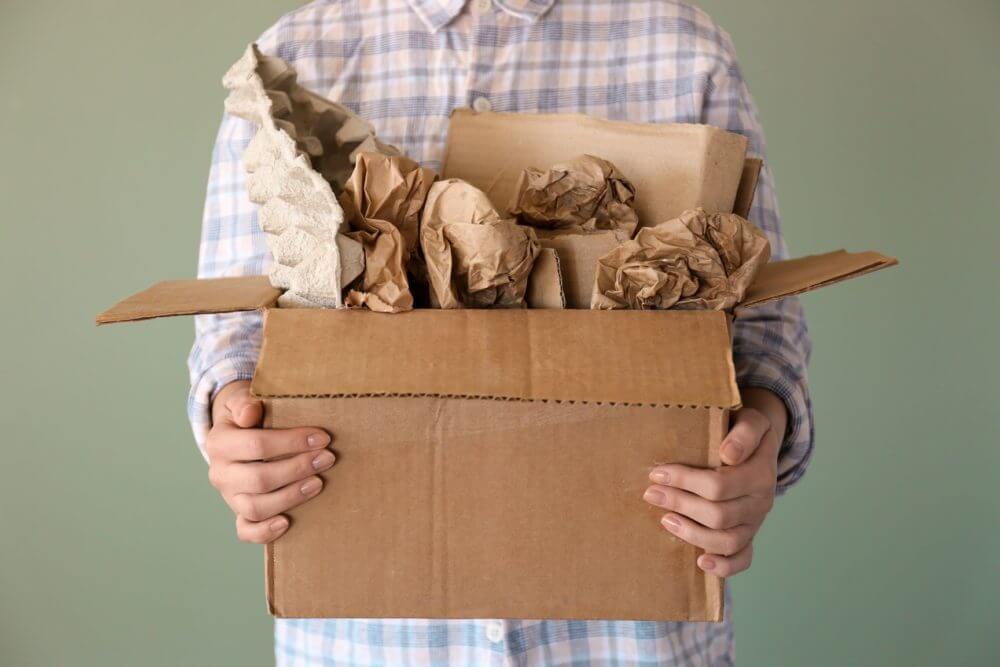
DIY Solutions – Making Your Own Padding
If you need a cost-effective alternative to commercial padded materials, you can easily make some using common household items. Start by laying out a thick base layer of newspaper or old clothes on a flat surface. If using newspaper, stack several sheets to increase thickness. Next, add a layer of plastic grocery bags or bubble wrap over the base for enhanced shock absorption. Use packing tape to securely bind the layers together, making sure to cover the edges and middle to prevent shifting.
Once the material is prepared, use scissors to cut it to size based on the dimensions of the items you’re packing, allowing a few extra inches for complete coverage. Finally, wrap items with the DIY padded material, ensuring each piece is fully enveloped and overlaps. Secure the wrapping with additional packing tape to keep everything tightly wrapped.

Best Practices for Packing With Padded Paper
One of the common mistakes is overpacking. It can add unnecessary weight and bulk, complicating the packing process, while underpadding might leave items vulnerable to damage. Pay particular attention to edges and corners, as these are susceptible to impact, and ensure they’re well-protected.
When using tape, choose high-quality tape for strength and durability, and avoid placing tape directly on delicate surfaces to prevent damage. Make sure all parts of the item are tightly wrapped and all seams and ends are securely taped to prevent the material from unwrapping.
Packing Services
Our moving teams are trained to pack your belongings in the most efficient manner possible.
Read moreAuto-Transport
If your first concern is having your vehicle transported safely and efficiently, enclose shipping is the way to go.
Read moreMoving Insurance
Flat Price Moving and Auto Transport Company offers moving insurance to cover potential damages
Read moreEco-Friendly Tips – Recycling and Reusing Padded Paper
After the long-distance moving company team has unloaded everything, it’s time to unpack. So, what to do with all these protective materials? You can reuse padded materials for future packing, as insulation for fragile items, or even as drawer liners to protect tools or jewelry.
If you choose to dispose of them, first check local recycling regulations, as some materials may be recyclable through curbside programs or may require disposal at specific recycling centers. You can also donate clean and intact materials to local schools or community centers for use in arts and crafts projects. Additionally, you can also use them to create comfortable and warm bedding for pets, providing a cozy space for them.
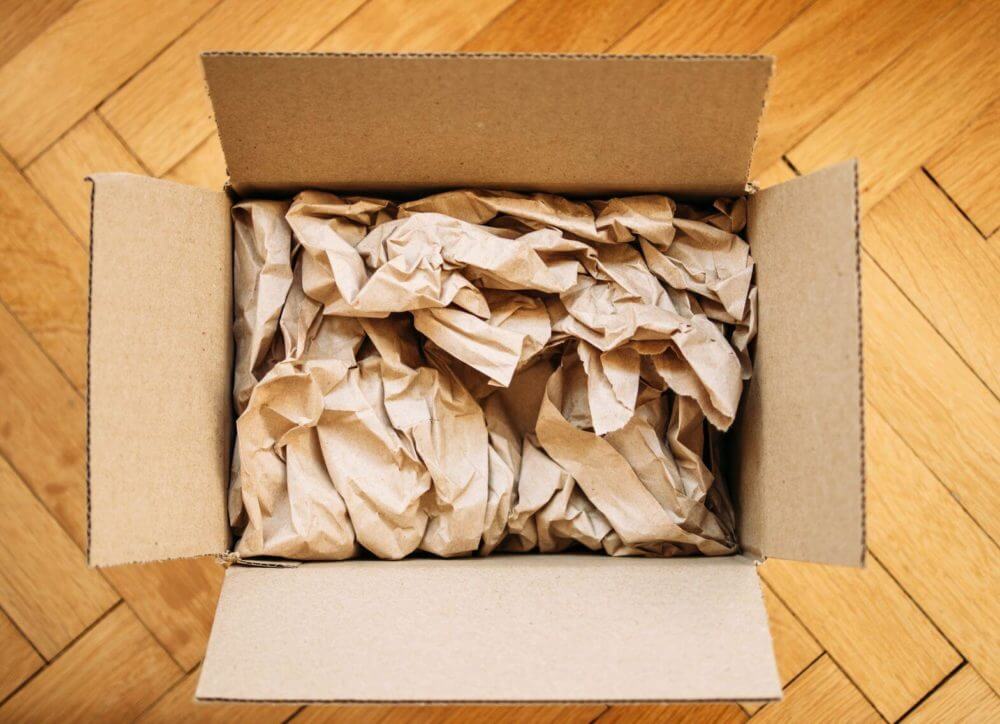
Secure Your Move With Our Expert Auto Transport Company
Padded materials are crucial for protecting belongings during a move, providing essential cushioning against impacts and scratches. While DIY packing has its merits, professional relocation services offer unmatched expertise in material handling and packing strategies.
But, if you wish everything to go without a hitch, employ the services of Flat Price Auto Transport and Moving for all the relocation needs. The expert team behind our car shipping company ensures a smooth and secure moving process. Contact Flat Price Auto Transport and Moving today to ensure your move is efficient and stress-free.
Frequently Asked Questions About Padded Paper for Moving
What Are the Best Items to Pack Using Padded Paper?
Padded materials are perfect for protecting fragile items like dishes, glassware, ceramics, and small electronics that need extra cushioning to prevent damage.
How Does Padded Paper Compare to Traditional Bubble Wrap?
Padded material provides strong cushioning and is often more eco-friendly than bubble wrap, though it is less moisture-resistant. Bubble wrap offers superior protection for extremely delicate items due to its air-filled bubbles.
Can Padded Paper Be Reused for Multiple Moves?
Yes, padded material can be reused for multiple relocations as long as it remains clean and intact. Always check that it has not lost its cushioning properties before reuse.
What Are the Eco-Friendly Alternatives to Padded Paper for Moving?
Eco-friendly alternatives include biodegradable bubble wrap, recycled cushioning material, and using household items like towels and clothing for makeshift protection.
How Can I Ensure Maximum Protection When Using Padded Paper for Fragile Items?
To ensure maximum protection, wrap items multiple times, secure the material with tape, and fill any voids in boxes to keep items stable during transport.




